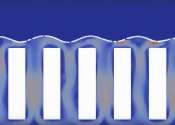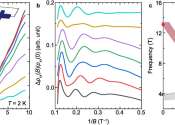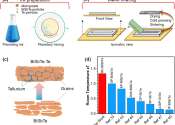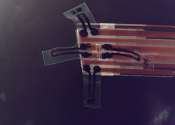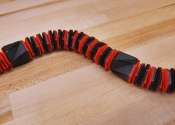Better arrangements of molecules in organic solar cells can improve light absorption
In a paper published in Nature Chemistry, researchers from the University of Cambridge, Imperial College London and Queen Mary University of London have shown for the first time how different arrangements of molecules in ...
Aug 21, 2024
0
33


